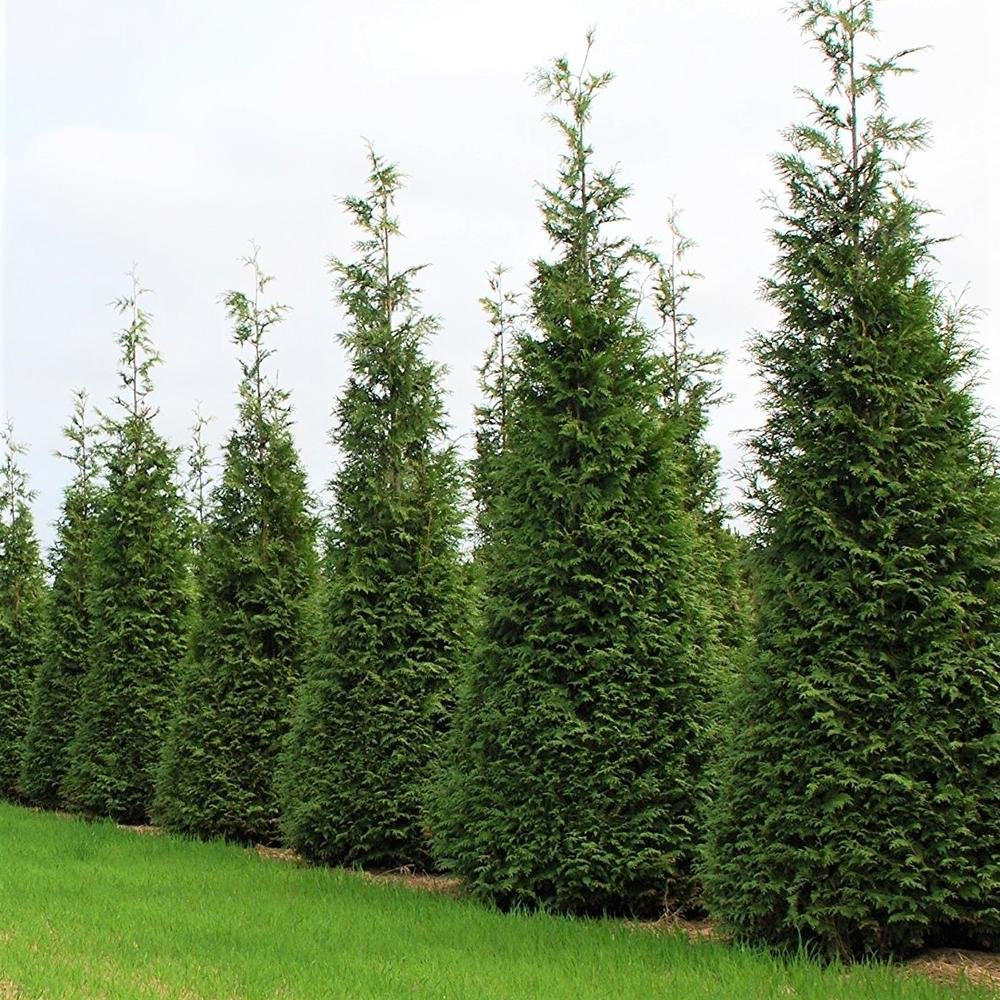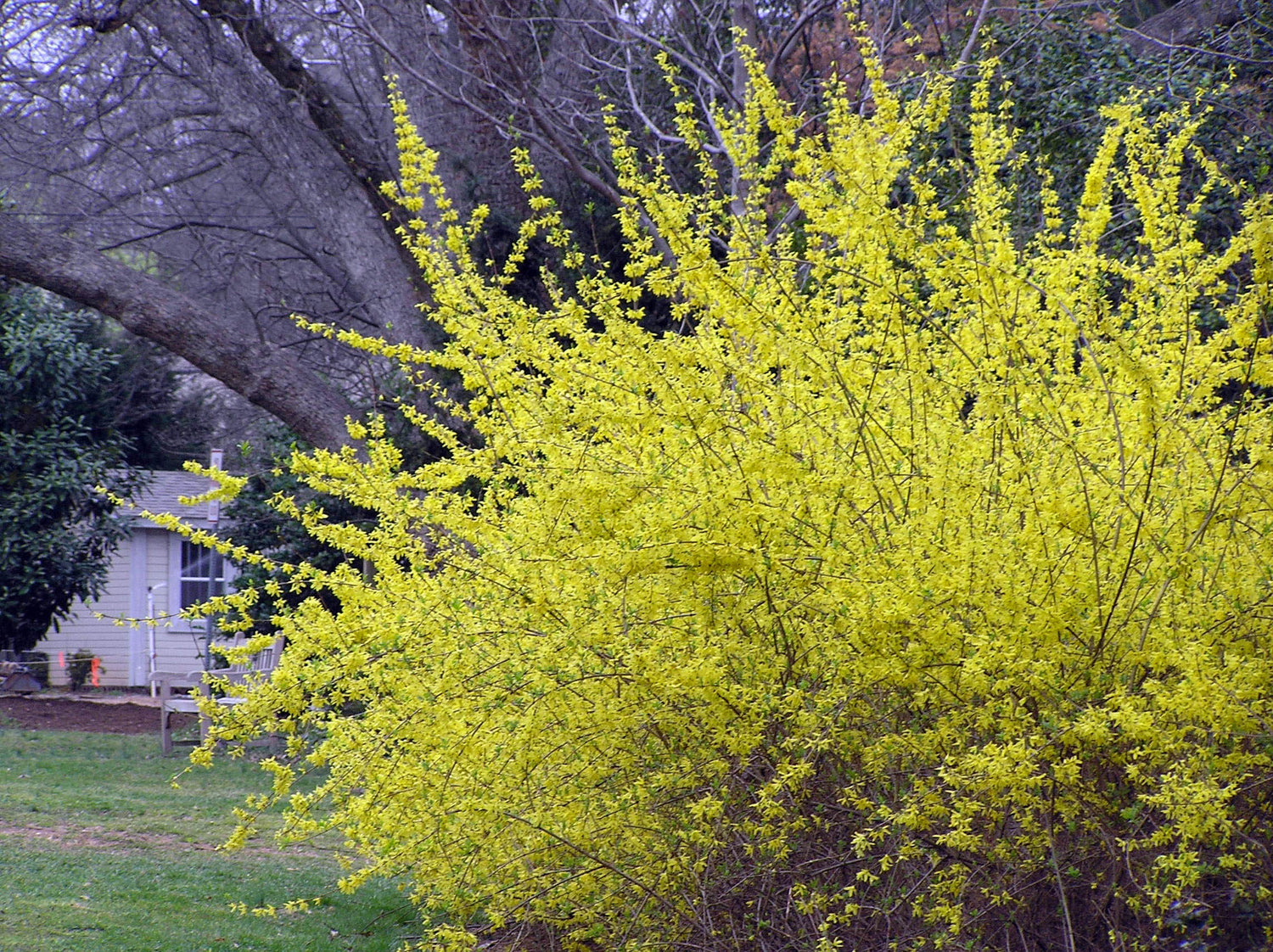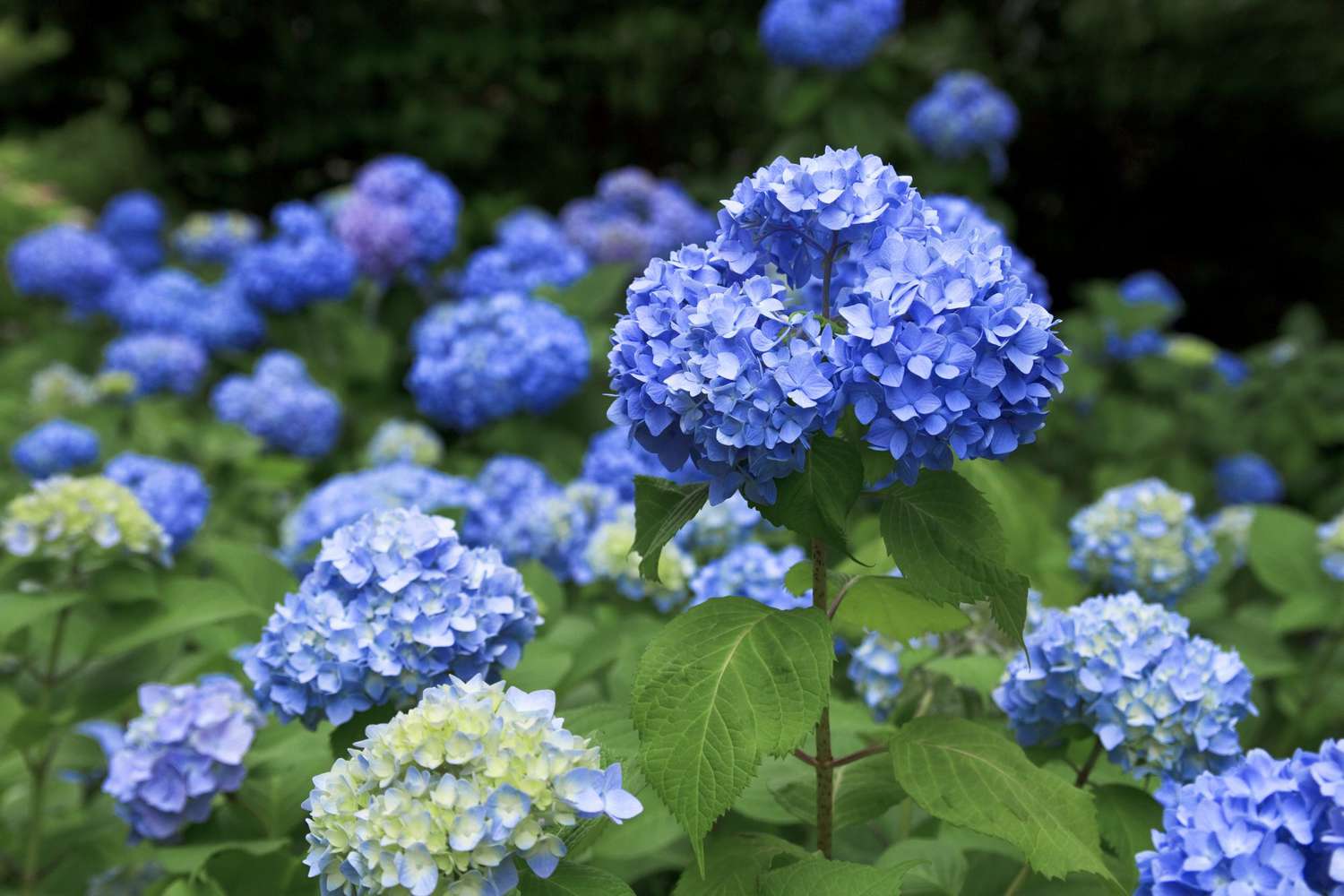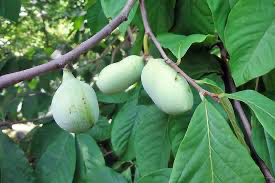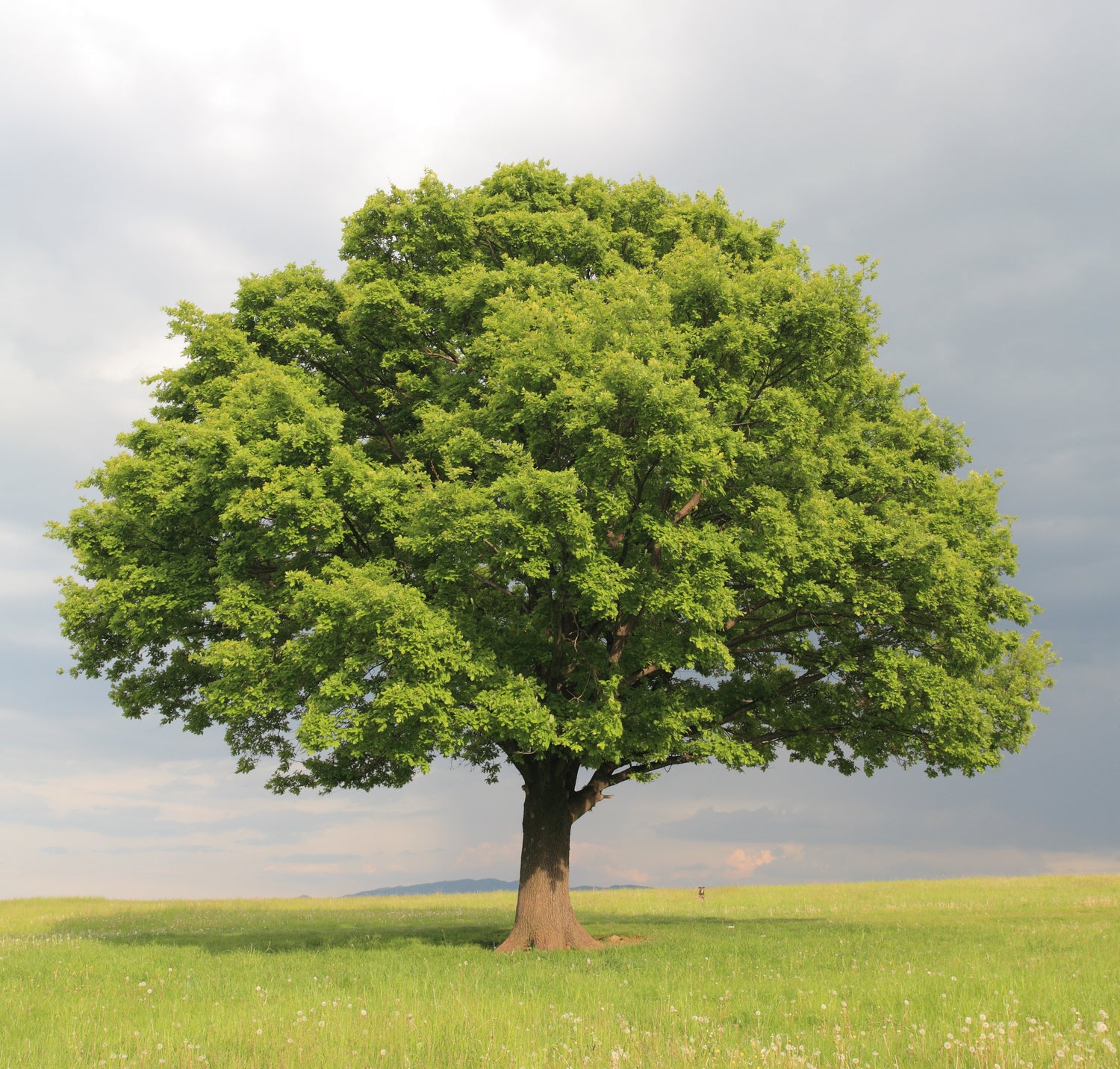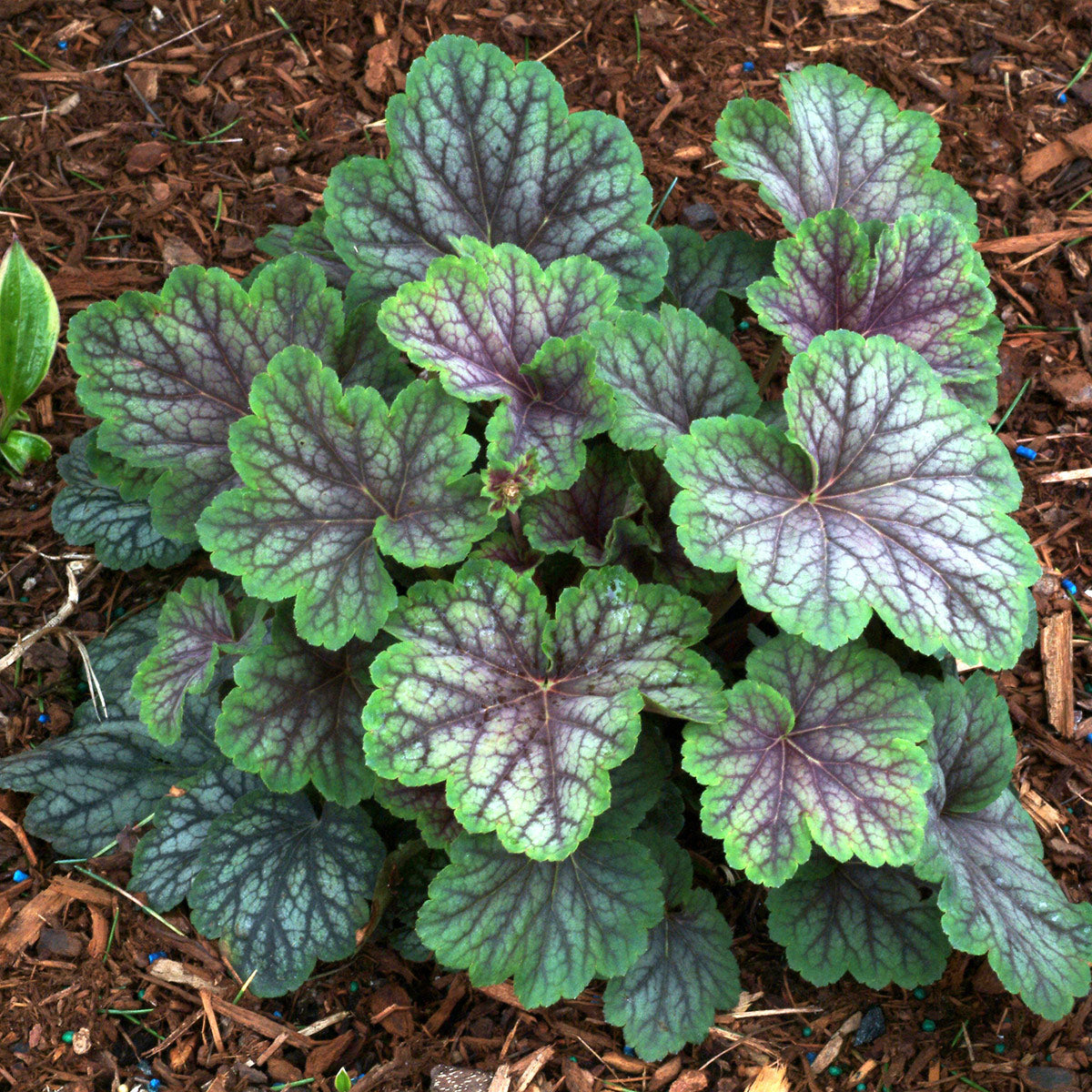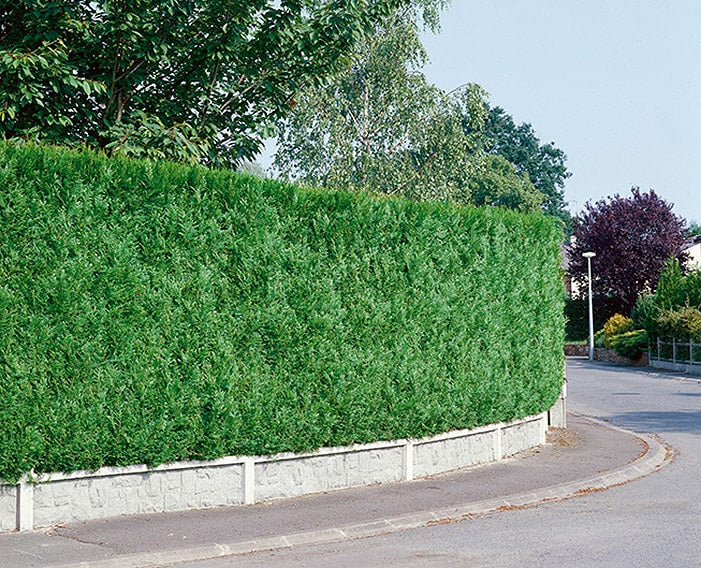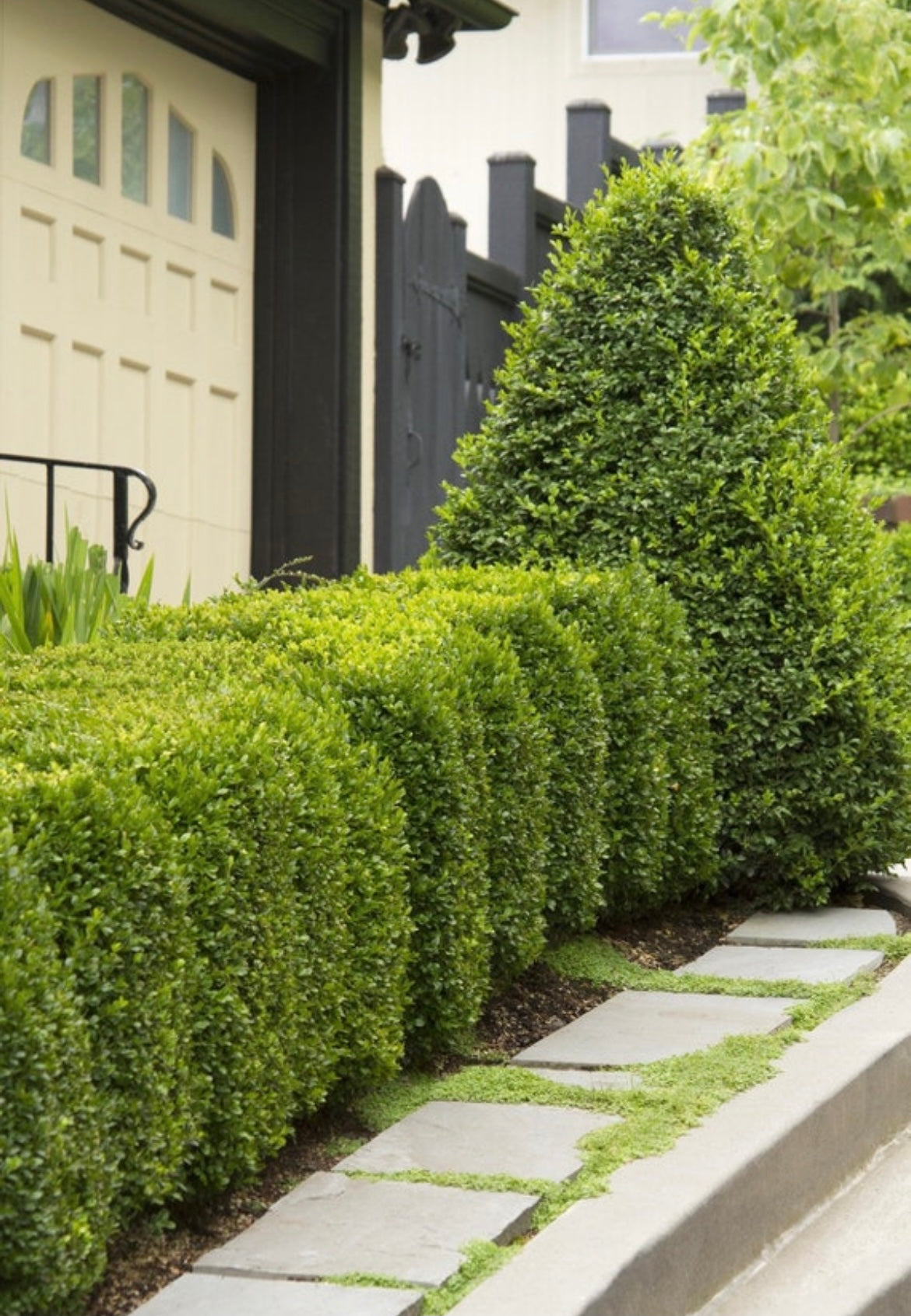Gardening in Zone 9 offers a unique opportunity to cultivate a diverse range of plants due to its mild winters and long growing season. Whether you're a seasoned gardener or a beginner, understanding the specific needs of this zone is key to creating a thriving garden. In this guide, we'll explore essential tips for gardening success in Zone 9, featuring some exceptional plants from Weaver Family Farms Nursery.
Selecting the Right Trees for Zone 9
Choosing trees that thrive in Zone 9's climate is crucial. Consider the Norway Spruce, known for its resilience and majestic appearance. It's a great choice for adding structure and year-round greenery to your garden.
Embracing Native Beauty with the Redbud Tree
The Redbud Tree is a native gem, offering stunning pink blossoms in early spring. It's well-suited to Zone 9's climate, requiring minimal care while providing maximum visual impact.
Discovering the Delights of the Pawpaw Tree
For those interested in edible landscaping, the Pawpaw Tree is a must-have. This tree produces delicious, custard-like fruits and thrives in Zone 9's warm climate.
The Versatile Tulip Poplar
The Tulip Poplar Tree is not only visually striking with its tulip-shaped flowers but also fast-growing, making it an excellent choice for creating shade and adding height to your landscape.
Silver Maple: A Fast-Growing Shade Provider
Zone 9 gardeners looking for quick shade should consider the Silver Maple Tree. Its rapid growth and adaptability make it a popular choice for large, open spaces.
The Majestic Bald Cypress
For wetter areas of your garden, the Bald Cypress Tree is an ideal selection. This tree is not only beautiful but also highly adaptable to both wet and dry conditions.
River Birch: A Hardy Addition
The River Birch Tree is known for its unique, peeling bark and ability to thrive in moist soils. It's a perfect choice for adding texture and interest to your Zone 9 garden.
Gardening in Zone 9 is a rewarding experience, offering a wide range of possibilities for creating a lush, vibrant landscape. By selecting the right plants and providing them with the care they need, you can transform your garden into a thriving oasis. Visit Weaver Family Farms Nursery to explore our selection of Zone 9-friendly trees and start your gardening journey today!
What Are the Best Practices for Watering Plants in Zone 9?
In Zone 9, it's important to establish a consistent watering schedule, especially during the hot summer months. Deep, infrequent watering is more beneficial than frequent, shallow watering as it encourages deeper root growth. However, be mindful of the specific water needs of each plant. For example, the River Birch thrives in moist conditions, while the Silver Maple can tolerate dryer soils.
How Do I Protect My Zone 9 Garden from Pests?
Regular monitoring is key to preventing pest infestations. Use organic or chemical treatments as needed, but always follow the manufacturer's instructions. Introducing beneficial insects, like ladybugs, can also help control pest populations naturally.
Can I Grow Fruit Trees in Zone 9?
Absolutely! Zone 9 is ideal for many fruit trees. The Pawpaw Tree, for instance, produces unique, tasty fruits and is well-suited to this zone's climate.
What Are Some Tips for Soil Management in Zone 9?
Soil management is crucial for a successful garden. Regularly test your soil to understand its nutrient content and pH level. Amend the soil as needed to ensure it's well-draining and rich in organic matter. Mulching can also help retain moisture and suppress weeds.
How Can I Create a Drought-Tolerant Garden in Zone 9?
Choose plants that are naturally drought-resistant, such as the Norway Spruce, which can tolerate dry conditions once established. Implementing xeriscaping principles and using mulch to reduce evaporation can also help create a garden that requires less water.
When Is the Best Time to Prune Trees in Zone 9?
Pruning times can vary depending on the type of tree. Generally, late winter or early spring, before new growth starts, is a good time for pruning. However, avoid pruning in late fall as this can stimulate new growth that might be damaged by cooler temperatures.
How Do I Choose the Right Location for Planting Trees in My Zone 9 Garden?
Consider the mature size of the tree and its sunlight requirements. For example, the Tulip Poplar needs plenty of space to grow and thrives in full sun. Also, be aware of the tree's proximity to buildings, power lines, and other structures.

